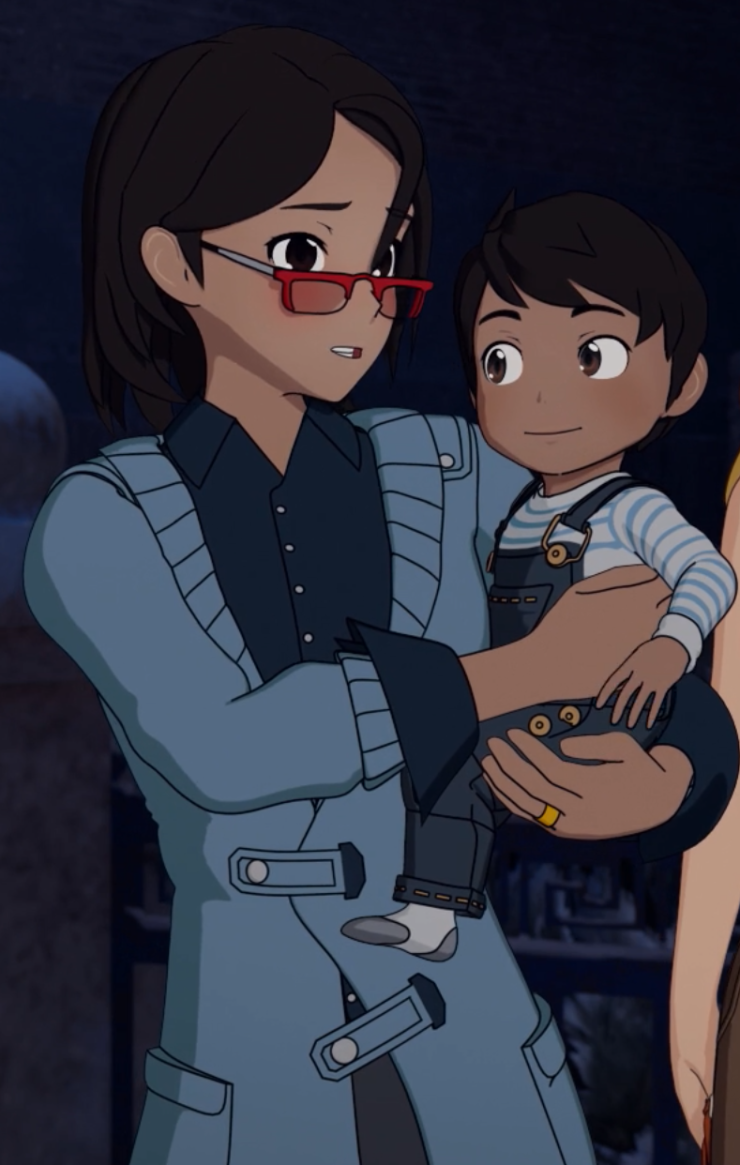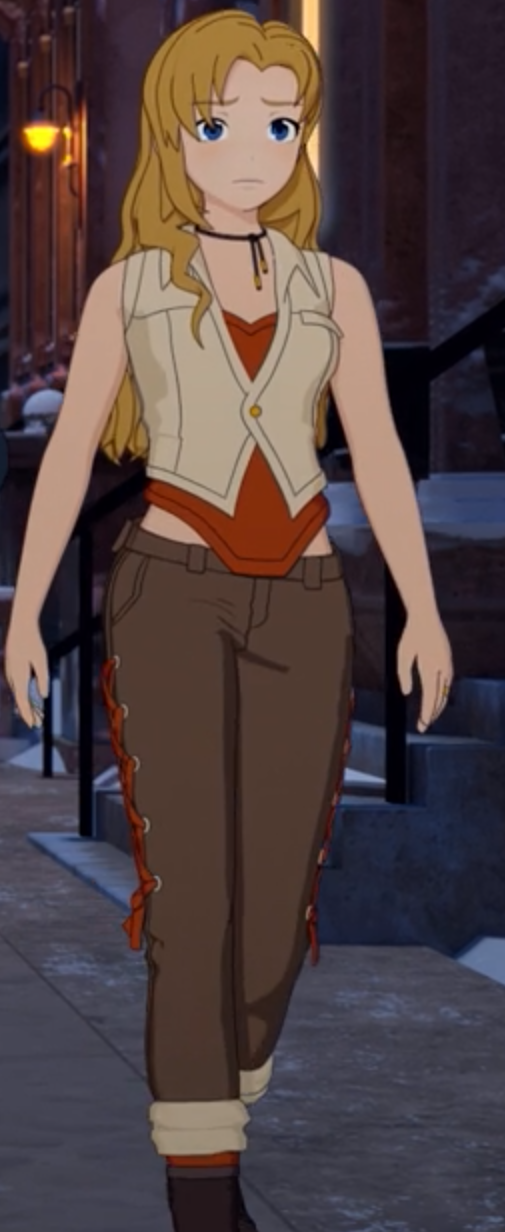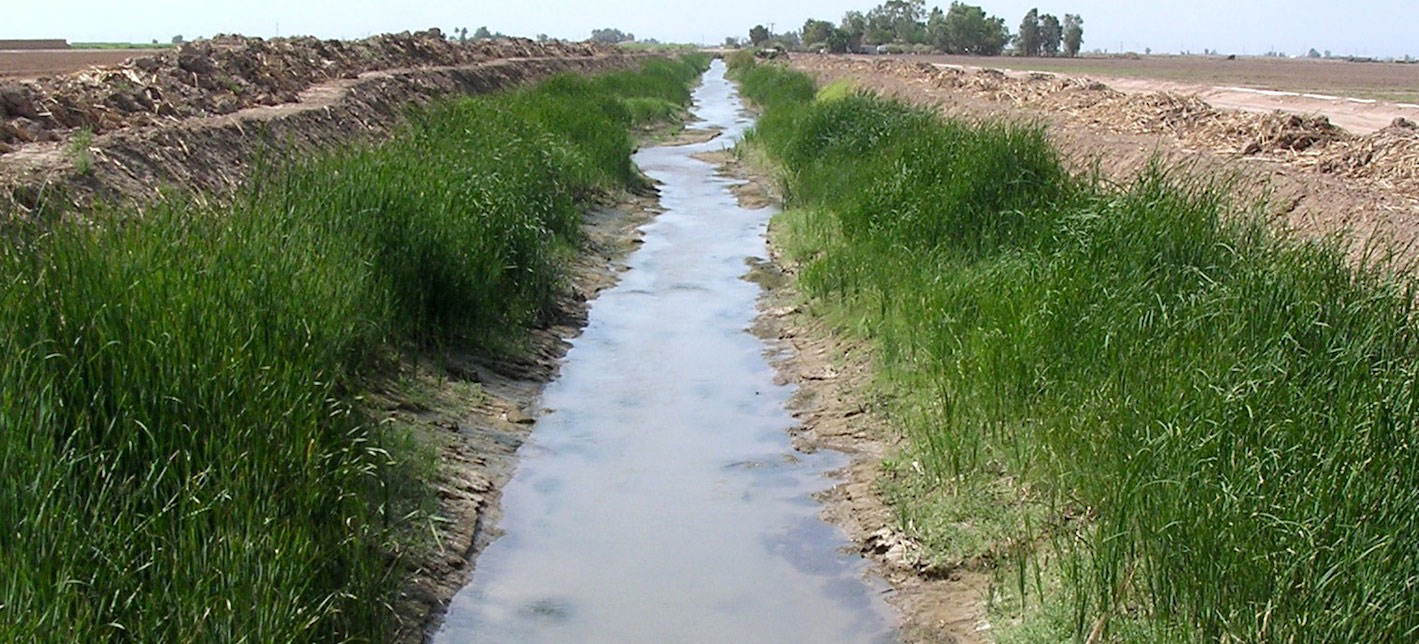Study Guide
DUE: Thursday, Dec 11 at 5:00 pm
Who: Form a 2-person team with one other student in your discussion section. if you cannot find someone in your discussion seciton, contact the TA for help with finding a partner.
What: Pick one of the films shown in the class and produce an 8-13 page study guide that could be used to help high school students understand the movie and its water-related themes. Whereas the first writing assignment due earlier in the quarter involved researching a prompted question related in some way to one of the first four movies addressed in the course, this second writing assignment focuses on a blend of the science and cultural aspects of a movie to be formated with a creative graphical design as a study guide that appeals to the audience.
Expected Topical Content
- Introduction- begin with a bit of an overview about the movie and the key features of your study guide.
- History- What real events serve as the backdrop for the story line, if any? Even if the story is finctional, there are usually real events from the time period the film was made that inspired the main plot or some of the secondary "side quests".
- Environmental setting- characterize the climate and physical geomography where the movie takes place.
- Science- identify and explain a key scientific principle that is either used in the movie explicitly or underlies a key event in the movie.
- Characters- Identify 1 protagonist and 1 antagonist. List 1 positive and 1 negative attribute of each. You might try to describe the director's intendedr raw emotional response of the audience to each.
- Themes- identify the primary theme of the movie and any key secondary themes.you might try to describe a scene that portrays what you perceive to be the primary theme of the movie.
- Symbols- identify and describe objects used inthe movie to represented key abstract ideas related to the movie's theme(s).
- Other movie examples of a similar topic- identify other movies you can identify that address the same topic but maybe with a different viewpoint.If you cannot find any, then talk about why the movie is so unique.
What To Put Into Each Section
For each component of the topical content, you should have
- Text that is a blend of description, analysis, and interprwtation writing with critical thinking.
- Elements that make it a functional study guide for high school students.
- Elements that show creative graphical design with a scholarly aspect.
- A scholarly or meaningful visual aid for each topical component, such as a map, scientific chart, clipart, or whatever supports your ideas - more than just a photo still from the movie.
- Photo stills from the movie are ok, but rarely seem to have a specific purpose, so think about that if you use them.
- Videos are ok as long as they are substantive. Movie clips are not better than stils unless they tie to a specific point.
Make it a Functional Study Guide: There are many ways to make the document function as a study guide, so the key thing is to include elements that ask the audience to engage in critical thinking. One way to do this is to pose meaningful questions, but there are other ways to do it. Maybe you could make a game and embed that in the guide.
Graphical Design Matters: The assignment requires using a creative graphic design as an educational opportunity to practive your design skills, which are very important for a modern career. Graphical design may be new to you, but give it a try- I'd rather see you do something unique that maybe doesn't work as good as you thought it might, rather than leave it as black text on a white page with no formatting at all.
Good graphic design includes selecting a color scheme for background, objects, and text. I recommnd looking at the color scheme of individual characters in your favorite animated shows/movies for inspiration, such as the examples below from RWBY. Each character shows what colors work together as main colors and s accent colors. You can download freeware to sample colors to get their RGB values.
 |
 |
 |
 |
Beyond colors, you also need to select a font that fits the movie and your own style. Also, think about how to layout the text and objects, and that could include elements such as text boxes, timelines, 2 or 3 column layout, scientific charts, maps, etc. Photos from the movie are ok, but don't only use those, and use them where the photo relates to the actual content of the topicla content.
State your contributions: Add an extra page at the end of your study guide either formatted to match the study guide or just using plain text on white paper (whatever you prefer) that briefly explains the contributions of each partner to the study guide. Why do I ask you to explain your individual contributions to the study guide?There are two reasons for this.
- First, increasingly in the work I do in the real world as a scientist and environmental consultant on a team basis, there is an emerging practice that documents must spell out who did what. That means it is likely something you will encounter in your careers, so it is good to start practicing doing that.
- Second, this helps to establish a fair basis for grading and transparency in terms of who is doing the work. The goal is to have a near equal effort by the partners. If everyone knows their role will be described at the end of the report, then there is more incentive to participate and contribute rather than free load on the efforts of the more active partner. In the vast majority of cases in the past I know students have done very well as partners to produce amazing study guides, but problems do arise and I want it to be clear that the TAs and I are on the look out for people who are not doing their fair share of the work.
Example: An example professional study-guide such as "Rabbit-Proof Fence: A Study Guide" by G. Carrodus, L. Tudball, and T. Walsh may be used as a template or guide to help you. Over the years, students have made study guides at least as good as this one. Do not turn in a copy (or close plagiarism) of a past submission, as I have scans of all the past ones to compare against.
Academic Sources: It is very important that you read several sources of information before you start your study guide. Sources should include a combination of books, journal articles, newspaper articles, and web pages.
- There should be a minimum of 8 references listed in your bibliography at the end of your study guide, and at least 1 source has to be a serious book or essay from the library or a scientific journal.
- One good on-line reference database you can use is the Science Citation Index, which can be found on the Web of Science web page. In the body of your study guide, use citations from your sources to back up facts and examples you state based on your sources.
- To reduce clutter in the body of the essay, cite your references by reference number, such as "[1]", such that the number corresponds to its order in the reference list at the end of the guide.
- In the reference list, order references according to their order of appearance in the essay. use a format such as "Author. Year. Title. Publishing information. Page number".
- For photos, videos, and other sources that you obtain from the internet but which are not in the classic citation style with author, page, and year, then do your best to make a citation with the informaiton available. At a minimum, name the webpage and provide the URL.
- Essays lacking adequate citations and citation formatting will be penalized.
Generative AI: You are welcome to use generative AI for both text and graphics. It's up to you to decide what you use it for. That said, text that makes factual claims must be supported with citations and be free of plagiarism, whether you use generative AI or not. Graphics that are incorrect are your responsibility. Graphics that have fake text instead of real words is bad to use. If you create graphics with generative AI, then the citaiton should be the name of the tool used, such as Midjourney, ChatGPT, Sora, or whatever.
Submit as PDF or Webpage: Most students choose to submit their study guide as a PDF file. If you have no dynamic features, then submit as a PDF. If you want to submit it as a web page, then produce a PDF that has your names on it, your contribution information, and then the web page URL (not just a link but the full URL) that we can click on or copy/paste to go to that page.
Grading: An excellent study guide is one that blends rich, well-researched content, graphical design, and functional study guide features. The grading approach will be flexible so that there is no one ideal approach to what you do- we'll be looking at your unique blend of the elements. We are looking for content that:
- Offers an excellent graphical design that has a clear overall design theme and color scheme, with use of a few structural elements to organize it. Font colors should enhance readibility not clash with or get lost in background and graphics colors.
- Addresses the topic clearly.
- Demonstrates and shares a thorough critical understanding of the movie.
- Explores the topics thoughtfully and in depth within the allotted space.
- Coherently organized with ideas supported by apt reasons and well-chosen examples.
- Includes scholarly graphical aids, such as graphs and maps, where appropriate.
- Writing style has an effective, fluent style marked by syntactic variety and a clear command of language, and is generally free from errors in grammar, usage, and mechanics. .
Extra credit: Extra credit is possible for exceptional creativity and/or additional supporting materials (not words!) that improve the quality of the study guide, at the discretion of the TA and professor. The sources of any additional materials should be properly cited.
Late date: The latest date for submission is the date/time at the top of this page. No later assignments will be accepted, due to the university's requirement of submitting final course grades shortly thereafter. The only other optionis to take an incomplete (I) grade and submit accoridng to the rules for such a grade. Contact the professor if you wish to take an I grade.


